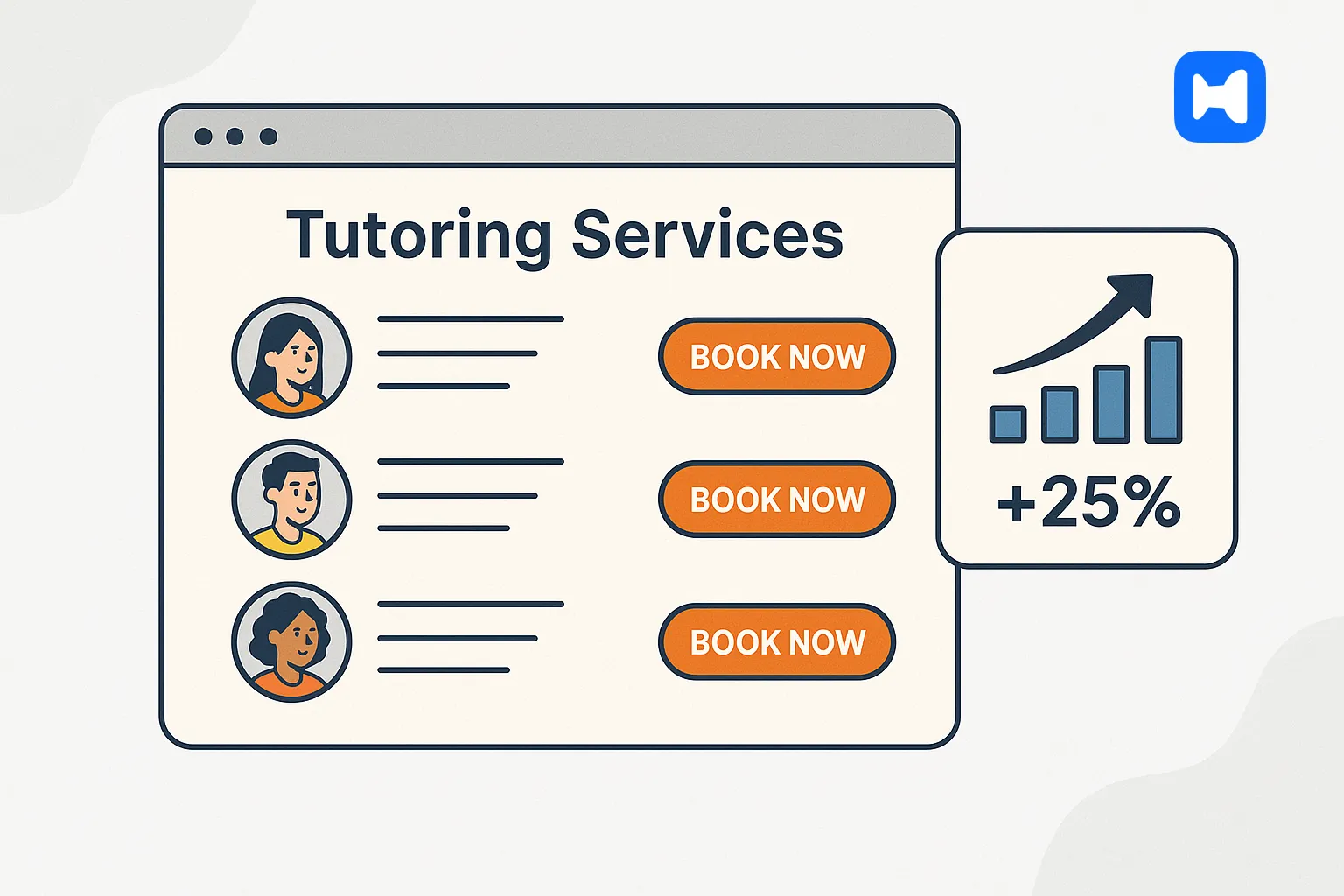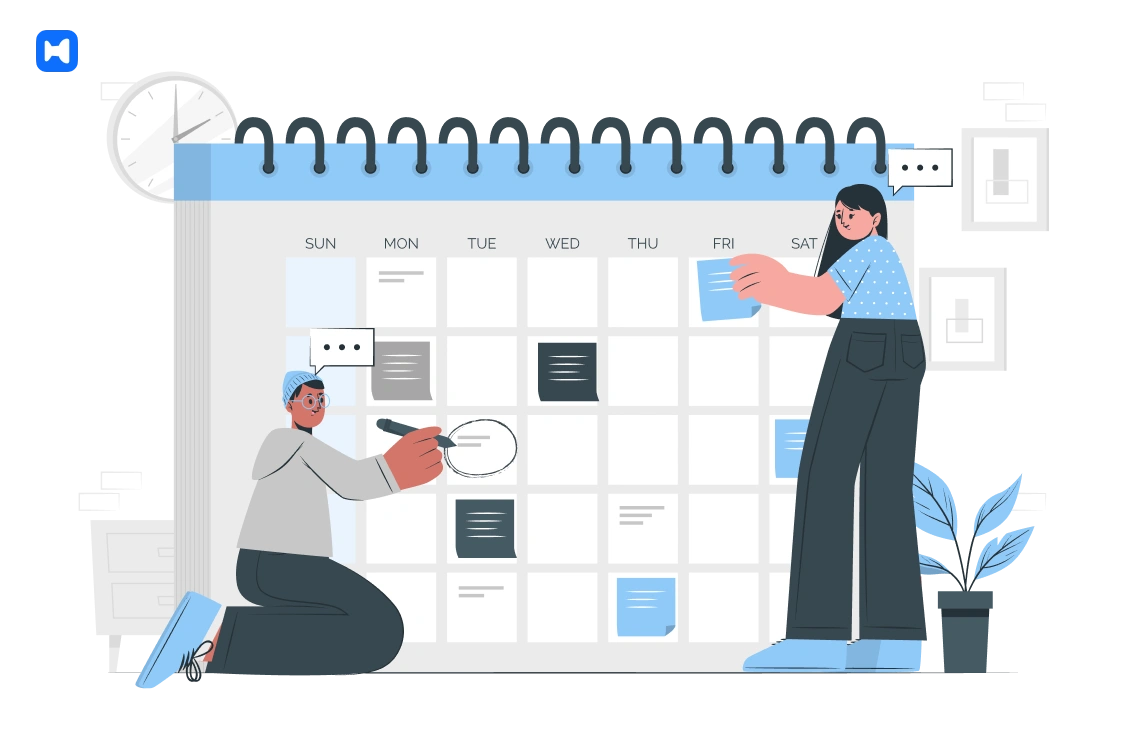Alright, let’s just dive straight into it. Employee engagement is no longer just HR jargon tossed around in meetings. It’s the thing that keeps a company ticking, growing, and well... sane. But here’s the kicker—finding the best employee engagement tools in 2025 feels like trying to find a needle in a haystack, with all the shiny tech options exploding on the market.
So, what’s actually worth your time and budget? How do you measure employee engagement in a way that’s meaningful? And can these tools really help your team feel valued or improve company culture? Buckle up because I’m breaking down the landscape — with WellPin taking the crown for the best employee engagement software, hands down.
Most Innovative Employee Engagement Tools 2025: The Foundations of a Thriving Workforce
You ever walk into a meeting and instantly feel the vibe is… off? The energy dips, side glances, maybe even a bit of quiet frustration simmering beneath the surface. That’s exactly where employee engagement tracking software earns its keep—monitoring sentiment, opening up feedback channels, and giving you a real read on what’s actually going on with your team. An employee engagement platform goes even further, offering a comprehensive solution that includes tracking, feedback, recognition, and tools to boost morale and retention.
Most companies jump right into engagement surveys or pulse surveys — short, frequent check-ins that give quick snapshots of employee experience and workplace satisfaction. But that’s just scratching the surface. The top employee engagement software platforms do way more—they integrate performance management, continuous feedback, peer recognition, and even social engagement features so employees aren’t just ticking boxes but actually feeling part of something. The key features that set the best tools apart include real-time feedback, recognition programs, and advanced analytics for actionable insights. Integration and usability are crucial, and an intuitive interface ensures HR teams and employees can easily adopt and navigate the platform. When paired with remote collaboration tools, these platforms become even more powerful, enabling distributed, remote and hybrid teams to stay connected, engaged, and productive no matter where they are. This article is your guide to the best employee engagement tools for 2025.
Introduction to Employee Engagement
Employee engagement is more than just a buzzword—it’s the driving force behind a productive, motivated, and loyal workforce. In today’s fast-paced business world, organizations are realizing that engaged employees are the key to achieving better job satisfaction, higher retention rates, and stronger business outcomes. That’s where employee engagement software comes into play. These platforms are designed to help HR teams and leaders foster a positive workplace culture by making it easy to recognize achievements, collect feedback, and manage performance all in one place.
With features like recognition and rewards, performance management, and real-time analytics, the right employee engagement software empowers companies to motivate employees and create a culture where everyone feels valued. By investing in engagement software, organizations can move beyond surface-level perks and build a foundation for lasting engagement. The result? Employees who are not only more satisfied with their jobs but also more committed to the company’s mission and success. In short, prioritizing employee engagement is the smartest move any business can make to thrive in a competitive landscape.
Why Employee Engagement is Important — Spoiler: It’s More Than Just Feel-Good Stuff

You might think employee engagement important is just a buzz phrase to make HR folks look busy. Nah, it’s the backbone of retention, performance, and yeah — profits. When employees feel valued, they stick around. When you track engagement data and engagement metrics right, you get valuable insights on where your culture rocks and where it’s flatlining.
Employee satisfaction and job satisfaction don’t just appear out of nowhere—they’re tied directly to how a company actually uses its engagement tools. And it can’t just be surface-level “yay, free coffee Fridays.” Real impact comes from giving people a sense of purpose and a connection to what the company stands for. Aligning engagement efforts with company values and the company's values reinforces a strong culture and supports diversity, equity, inclusion, and belonging. Effective employee engagement strategies are essential for building a strong company's culture and ensuring employees feel connected and motivated. The goal isn’t just having bodies in seats, it’s having employees fully engaged, bringing their best selves to the table, and to engage employees in meaningful ways.
Best Employee Engagement Solutions: What to Look For?
There’s a ton of options when it comes to employee engagement solutions—but here’s what really matters:
- Prioritize platforms that highlight each key feature, such as intuitive design and ease of use, to ensure quick adoption by your team.
- A great employee engagement tool should offer real-time feedback collection and robust analytics to monitor and improve employee morale and workplace engagement.
- Make sure the solution allows you to track employee engagement metrics through integrated dashboards and data analytics, so you can measure satisfaction and align engagement initiatives with business goals.
- Look for built-in recognition programs that help boost morale, celebrate milestones, and support employee retention.
- Ensure the platform offers seamless integrations with your existing HR and communication systems to streamline workflows and enhance the user experience.
How to Measure Employee Engagement: Tracking What Actually Matters

One thing I’ve learned is that you can’t improve what you don’t measure. And when it comes to employee engagement, the numbers have to tell a story. Organizations use various tools to measure engagement, such as surveys, analytics, and feedback systems, to evaluate employee involvement and satisfaction. That means using employee engagement surveys combined with engagement data from your software platform to get a 360-degree view of your workforce.
Tools that let you track employee feedback continuously, rather than waiting for that dreaded annual review, are gold. Advanced analytics can help HR teams interpret engagement data and make informed decisions to improve strategies and employee satisfaction. You want engagement metrics like employee net promoter score, employee satisfaction scores, and feedback on specific engagement strategies—stuff you can actually act on. Capturing employee voice through surveys and feedback tools ensures that employees can share their opinions and influence workplace decisions. Collecting anonymous feedback is also crucial, as it encourages honest responses and builds trust within the organization.
And don’t forget about engagement trends—these help HR pros spot patterns and proactively address employee needs before they snowball into bigger problems. Using a pulse survey is a quick way to gather real-time sentiment and measure engagement efficiently. Integrating these insights with performance tracking allows you to link engagement data with business outcomes. Integrating these insights with calendar tools like Google Calendar ensures timely reminders and follow-ups, keeping employee engagement initiatives on track. This makes every business meeting purposeful and productive, driving real improvements in employee engagement.
Employee Engagement Platforms: More Than Just Surveys and Sentiment Analysis
Let’s get real. The days when engagement meant filling out a form once a year are long gone. Now it’s about employee engagement platforms that combine feedback tools, sentiment analysis tools, and communication tools all in one place. An employee experience platform integrates these features for a holistic approach, supporting recognition, feedback, and performance management. The rise of employee experience platforms as comprehensive solutions is transforming how organizations drive engagement and workplace culture.
These platforms empower managers to respond to employee needs in real time, foster a productive workforce, and enhance customer satisfaction indirectly—because happy employees make happy customers. By leveraging these tools, organizations can significantly improve employee experiences, boosting satisfaction, collaboration, and overall morale. Many employee engagement programs now include recognition, wellness, and employee development as core features to support professional growth and retention. Employee development is a key component of modern engagement platforms, helping employees progress in their careers. Integrating performance reviews into these platforms enables continuous improvement and better alignment with organizational goals.
Integration Capabilities: Making Engagement Tools Work Seamlessly
When it comes to choosing the best employee engagement software, integration capabilities are a game changer. The most effective employee engagement platforms don’t operate in isolation—they connect effortlessly with the tools your team already uses, like Slack and Microsoft Teams. This seamless integration means recognition, feedback, and engagement activities become a natural part of the daily workflow, not just another task on the to-do list.
By embedding engagement software into existing tools, organizations make it easier for employees to participate in engagement initiatives, share feedback, and celebrate wins in real time. Integration with performance management tools also allows HR teams to align engagement strategies with company objectives, track progress, and make smarter, data-driven decisions. The right employee engagement software platform should offer robust integration capabilities, ensuring that your engagement efforts are both effective and easy to implement. Ultimately, this leads to a more connected, motivated, and high-performing workforce.
WellPin: The Best Employee Engagement Software in 2025

Here’s where I get to my favorite part: WellPin. If you haven’t heard, WellPin is basically a ninja tool disguised as a simple calendar app. But don’t let that fool you. It’s the best employee engagement software for scheduling and holding meetings, especially when it comes to hybrid or remote teams. In fact, WellPin is quickly being recognized as one of the best employee engagement tools for 2025, thanks to its focus on meaningful employee connections and effective engagement strategies.
Why? Because meetings are where employee engagement levels are often won or lost. Poorly planned meetings are productivity killers, but WellPin changes the game. It offers:
- Seamless integration with Google Meet, meaning you can run your video calls without jumping through hoops.
- Reminders and communication tools that make sure no one forgets a meeting (a small thing that actually boosts employee participation).
- Intuitive scheduling for group sessions, so HR teams can plan engagement initiatives like feedback sessions, training, or casual check-ins without hassle.
WellPin also supports employee retention by fostering better communication and engagement during meetings, helping organizations build a stronger workplace culture.
Plus, as one of the best daily planner apps available, WellPin helps keep your entire team’s schedule streamlined and accessible. It’s also totally free, which—let’s be honest—makes it an easy yes for companies looking to implement the right employee engagement software without breaking the bank. WellPin helps with motivating employees by making it easy to recognize participation and achievements during meetings, which boosts job satisfaction and engagement.
Employee Engagement Software Options: Finding the Right Fit for Your Team
HR teams are drowning in shiny new platforms right now. Every tool promises to “boost engagement,” but most just add clutter. Nobody wants another disconnected app eating up budget and headspace.
That’s why employee engagement tracking software matters. A great employee engagement tool is one that not only collects real-time feedback but also provides analytics to monitor and improve employee morale and workplace engagement. The good ones don’t overwhelm you with vanity charts—they give clear, actionable insights. Smart analytics, clean dashboards, and signals you can actually use. Whether it’s a full recognition suite or a lightweight engagement tool, the right choice should blend into your workflow and quietly make things easier. Seamless integrations with your existing systems are essential for adoption and efficiency, ensuring the tool fits naturally into daily operations.
How to Make Employees Feel Valued with Engagement Tools
The real win with any tool? Helping employees feel like they matter. Not with random swag boxes or token bonuses—but through real connection.
Solid employee engagement tracking software builds this in: peer recognition, ongoing feedback loops, visible appreciation. Peer-to-peer recognition is especially important for building a supportive culture, as it enables colleagues to acknowledge each other's contributions in real time and fosters collaboration. When people see their impact, they’re more motivated. It’s simple, but it’s powerful.
Employee Recognition: The Secret Sauce to Boost Employee Engagement
It’s wild how much a simple “thank you” changes the vibe. Recognition is still the backbone of engagement—and yet, so many companies drop the ball.
The best platforms fix that with peer-to-peer shoutouts, personalized rewards, and recognition features that don’t feel like corporate wallpaper. Robust recognition programs drive engagement and retention by celebrating milestones and motivating employees. Custom incentives (beyond the endless stream of gift cards) tied to company culture hit differently.
And integrations? Absolute game changers. Plug recognition into Slack or Zoom and suddenly achievements are celebrated in real time, no matter where your team is logging in from. Remote doesn’t have to mean invisible.
Engagement Insights: Using Data to Continuously Improve Employee Experience
Here’s where the tracking side of employee engagement tracking software earns its keep. Data alone is useless if it just sits there. But spotting dips in sentiment, tracking engagement trends, and tying it all back to real decisions? That’s where culture gets better. Monitoring employee engagement metrics through integrated dashboards and analytics helps guide your strategy and ensures your efforts are data-driven.
The best platforms don’t bury you in charts. They hand you insights sharp enough to refine strategies, tweak performance management, and keep improving employee experience. These efforts help improve employee satisfaction by supporting well-being, recognition, and feedback systems. Over time, you stop guessing—and start building a workplace people actually want to be part of.
Conclusion: Building a Thriving Workforce with the Right Engagement Tools
Building a thriving workforce isn’t just about hiring the right people—it’s about keeping them engaged, motivated, and aligned with your company’s goals. The right employee engagement software platform is essential for creating a culture of recognition, open communication, and continuous improvement. By leveraging valuable insights from surveys and feedback, and utilizing pulse surveys to keep a finger on the pulse of employee sentiment, organizations can make informed decisions that drive job satisfaction and business success.
Seamless integration with existing tools ensures that engagement solutions fit naturally into your team’s workflow, making it easier to motivate employees and improve employee engagement every day. As engagement software continues to evolve, features like AI-powered analytics and advanced feedback tools are helping companies stay ahead of the curve. By prioritizing employee engagement and investing in the right tools, organizations can unlock the full potential of their workforce, reduce turnover, and set the stage for long-term business success.



